5 Ways to Make Your Dental Practice Profitable
Dentistry is a very tough and competitive business to excel in, as the average dentist in the past 5 years has had difficulty being profitable. You’re probably wondering how you can make your dental practice profitable with so many challenges! Insurance reimbursement is falling and overhead is rising. This means that even the most astute dentists find themselves scratching their heads over the topic of profitability. Many practices today think spending more time increasing rates and lowering payroll will be the answer to profitability. However, if all your focus is on increasing rates and lowering payroll, then there is a good chance you will lose patients without ever increasing profitability.
Here are 5 ways to make your dental practice profitable:
- Morning Team Huddle: Morning team huddles are very effective and the least expensive way to increase your practice profitability. Treating your practice like a business by conducting a morning huddle will set the tone and pace for the entire team throughout the day. Start out by reviewing yesterday’s activities, what went right, and what can be learned and improved upon. Then review the days schedule, how many bookings are there, are the goals being hit, if there is any room for improvement, and what is happening tomorrow. Team members always work best when they know what the goals are. Morning huddle meetings should focus on brief overviews of the past, present and future goals. Save the long term overarching discussions for weekly team meetings.
- Increase Efficiency: This is a no-brainer but it needs to be said. The more dentistry you do per hour, the greater the revenue per hour. Increasing efficiency can be done a few different ways. One inexpensive way is to have lunch appointments available for your patients and have adequate staffing to accommodate these appointments. Other ways include adding another hygiene room, adding more staff or even adding another dentist. You can also increase efficiency by adding capacity. Examples of this can include shortening room set up time, faster turnaround time during sterilizations, and streamlining patient wait time. The longer the patient waits in the waiting room, the less opportunity you have to make your dental practice profitable.
- Additional High Profit Procedures: Adding higher profit procedures, such as porcelain veneers, implants, endodontics and bridge work, will lead to a higher profit margin for your practuce. But remember to be cautious in deciding what procedures to add. Just because it’s a high price procedure does not mean it will transplate to high profit margin. Do your homework and make a solid business decision on which procedures are right for your practice and patients and which procedures aren’t.
- Increase Your Patience Base: You can increase the number of new patients by doing more internal and external marketing. But it’s important to focus on marketing that is relevant to your practice. Most dentists want to increase the number of new patients when revenue is trending downward, but before you go out on a new patient crusade, it’s important to make sure your practice can handle an influx of new patients. Also, if you add new procedures to your practice before increasing the number of new patients, you can increase the amount of revenue being generated per new patient.
- Refer Family or Friends: This is a fun way to get your staff and patients involved in your practice. A “Enter-to-Win” drawing is a great way to gain new patients. Let the staff pick the “give-a-way” and display that prize in the waiting room for all to see. Keep the prize fresh and exciting by changing them often. When the prize becomes stale, the staff and patients will lose enthusiasm and the referrals will suffer.
We hope that this gave you some great idea to help make your dental practice profitable!
Looking for a Dental Handpiece Repair Technician?
If you’re looking for a company to partner with to help repair and extend the life of your dental handpieces, contact us for a new customer coupon. Save $50 on your first dental handpiece repair order!

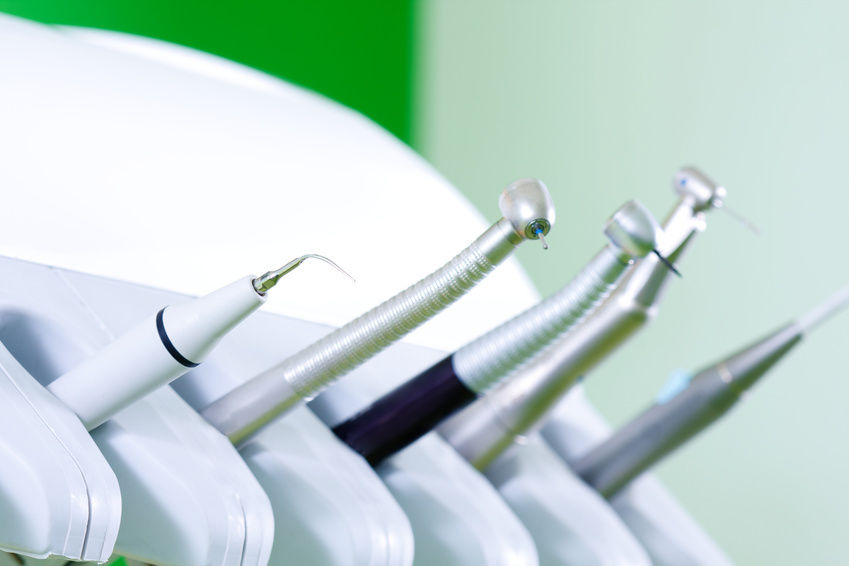
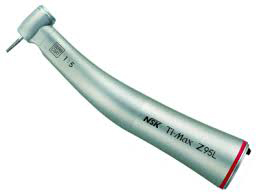
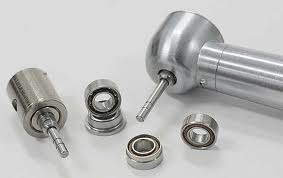
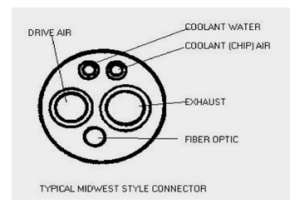

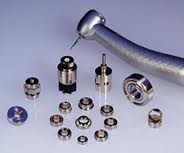
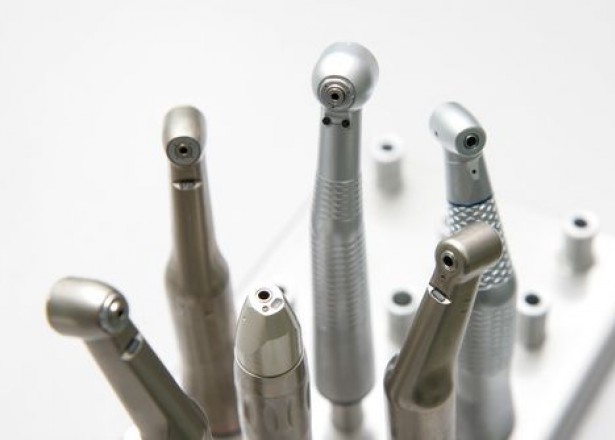
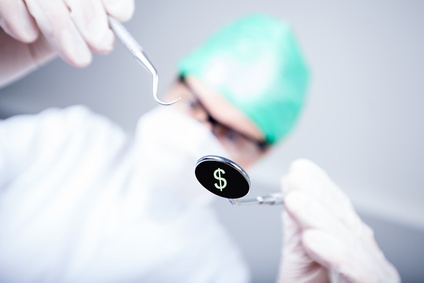
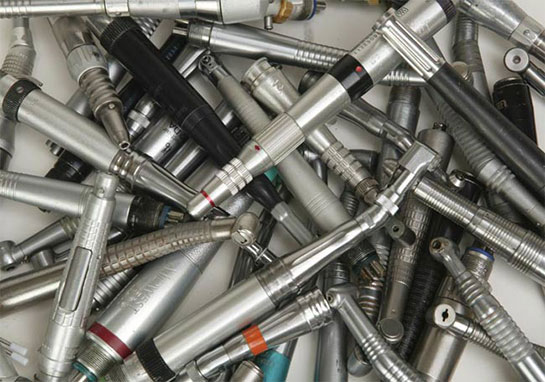
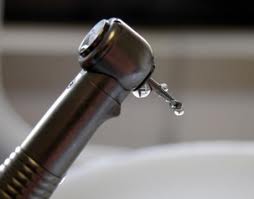
1.800.569.6627